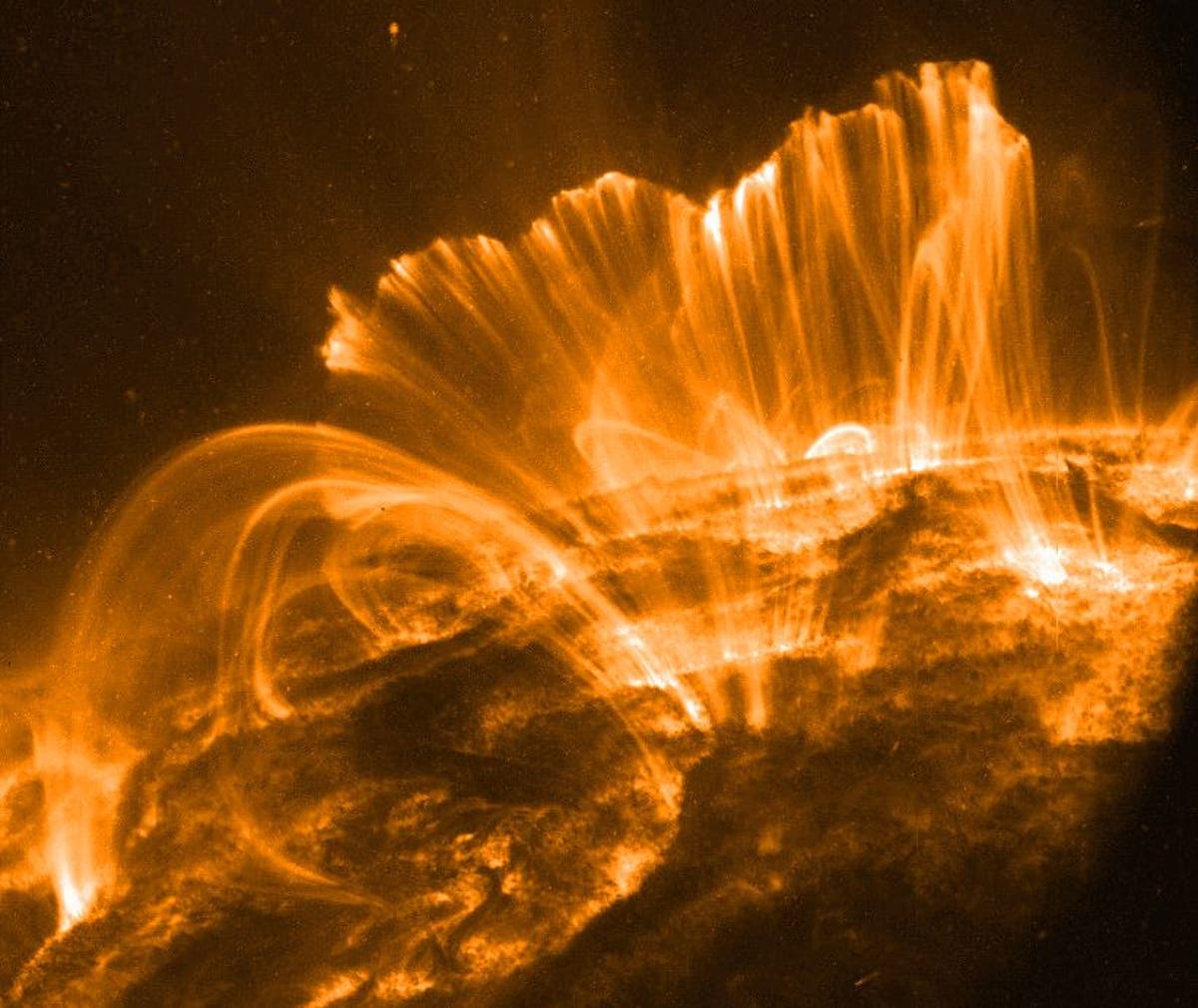Researchers and scientists around the world are on edge over the possibility of a strong solar flare hitting Earth in the coming days. NASA predicts that the impact of the “serpentine filament” from the Sun will occur from July 19, a “direct hit” according to Dr. Tamita Skov, who says that “signal interruptions should be expected in the night part of the Earth.”
New sunspots are expected to appear in the Earth-facing solar disk throughout the week, and the National Oceanic and Atmospheric Administration (NOAA) predicts that solar flares may also occur.
What happened on July 15?
Experts believe that the radio outage on July 15 was caused by a large explosion. A strong solar flare shot radiation in our direction, disrupting GPS and causing radio blackouts across the planet. Many believed this was the end of this “solar storm,” but now a slow-moving coronal mass ejection (CME) released by the solar flare appears to be heading toward Earth.
Auroras are also possible in some parts of the Earth. The storm originated as a coronal mass ejection, a release of plasma and magnetic energy similar to the July 15 jump from the Sun by an unstable filament of magnetism. These eruptions are capable of releasing 100,000 times more energy than all the power plants on Earth produce in a year.
These storms occur when the Sun is active in its 11-year solar cycle, and such incidents are expected to increase in frequency.
Over the weekend, a large system of plasma and magnetic field known as the “core” separated from the Sun.
Dr. who took a picture of the swelling. “The size of the bulge is impressive,” Sebastian Voldmer told Spaceweather. “It was quite a sight to see a section come out so fast and break off the side.”
What should we expect?
Powerful solar storms can have severe effects on human activity. Some research suggests that increased solar wind activity has thrown satellites out of their orbits and destroyed small craft called cubesats. These satellites are falling in altitude 10 times faster than in the past and cost billions of dollars.
NASA warned that a flare could have a significant impact on Earth’s geomagnetic field on the night of July 19. The agency warned the public to expect significant disruptions to radio and GPS signals.
What is sunburn?
A solar flare, as defined by NASA, A powerful burst of radiation results from the ejection of charged particles from sunspots. They are called bright spots on the surface of the Sun and last for a few hours. These bursts are usually caused by the emission of photons from the Sun.
Studies show that the intensity of a geomagnetic storm can be measured on a scale of one to five, with one indicating a minor storm and five indicating a severe storm. This means that a strong explosion will disrupt radio and communications in many areas. It is very difficult to predict the magnetic direction of this solar storm towards Earth. Stage G2 (and possibly G3) conditions could occur if the storm’s magnetic field is southward.”





/cloudfront-eu-central-1.images.arcpublishing.com/diarioas/3BH6BWFS4WRJTPBCLFH2UTZ2XU.jpg)